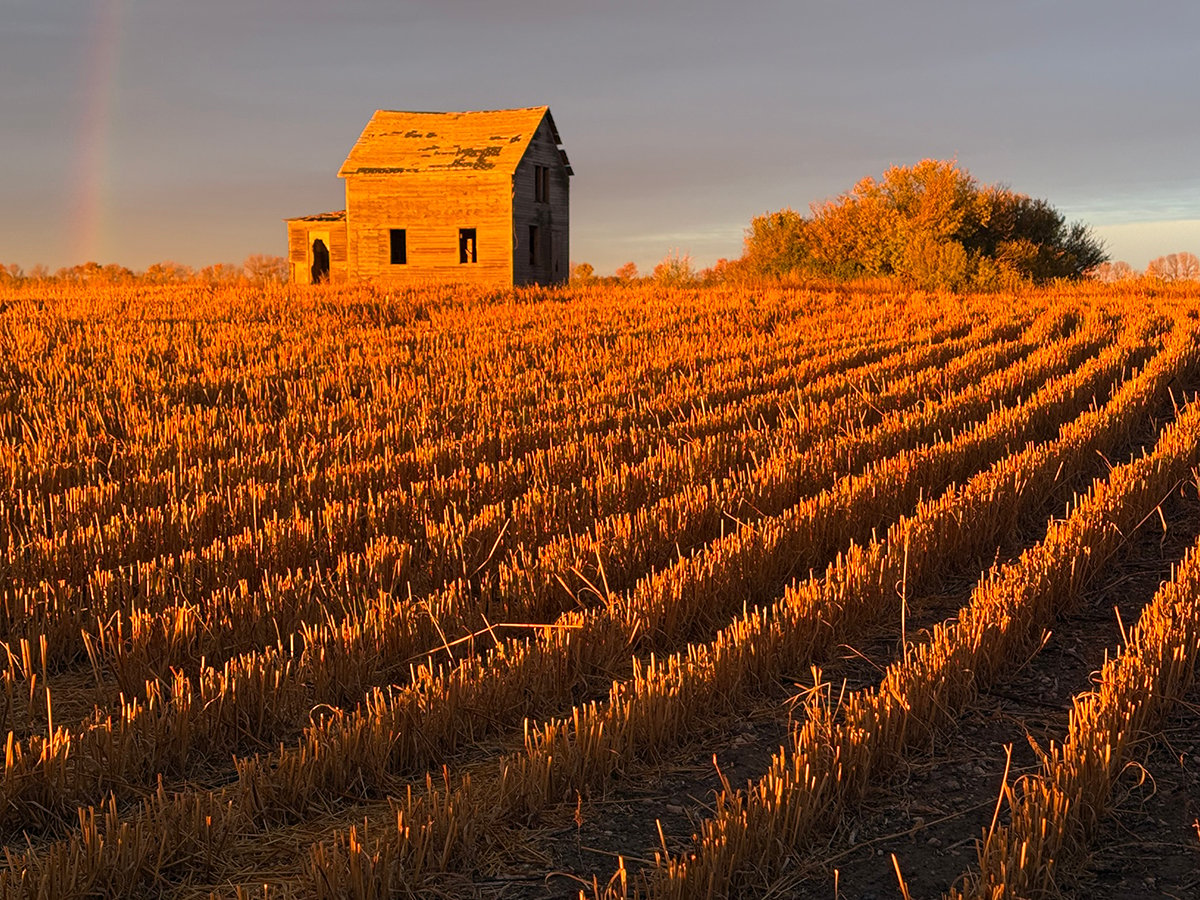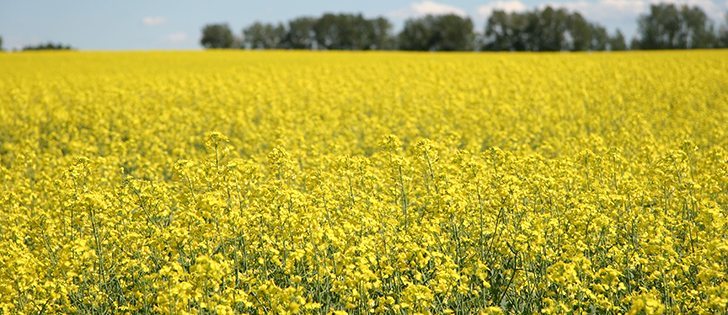Clearfield canola touted | BASF says switching to Clearfield will help control volunteers resistant to Roundup Ready and Liberty Link canola
Mounting problems with volunteer canola are providing a jolt to a herbicide tolerant canola system that was on life support.
BASF Canada said Clearfield canola is gaining ground as growers push rotations and create agronomic headaches for themselves.
A BASF online poll of 401 western Canadian wheat and canola growers shows that only one in three are following the recommended once every four years rotation for the crop.
The results indicate that 44 percent of farmers are growing canola on a field once every three years, 25 percent every two years and one percent every year.
Read Also

Forecast leans toward cooling trend
July saw below average temperatures, August came in with near to slightly above average temperatures and September built on this warming trend with well above average temperatures for the month.
“We don’t endorse or condone shorter rotations but if growers are opting for shorter ones there are other ways to be sustainable,” said Harley House, BASF Canada’s brand manager for Clearfield crops.
“For whatever reason, if growers can’t rotate their crop they should rotate their system.”
The poll found that 41 percent of growers don’t switch herbicide tolerant systems and for those that do, there was no consensus on the frequency of when to swap systems.
House sees the survey results as an opportunity to boost the profile of Clearfield canola on the Canadian Prairies.
Clearfield accounts for an estimated five percent of canola acres, with Roundup Ready and Liberty Link varieties making up the remaining 95 percent.
Switching to Clearfield canola helps growers manage weed resistance and control volunteer Roundup Ready and Liberty Link canola.
“We’ve seen Clearfield kind of having a new relevance for people,” said House.
Clearfield acres went up in 2013 despite a three million acre decline in overall canola plantings. House thinks that has something to do with grower expectations that they’d be dealing with a lot of canola volunteers in 2013 due to violent windstorms that tossed around swaths during harvest 2012.
He also believes it has something to do with soaring corn and soybean acres in Manitoba. Growers in that province seeded a little over one million acres of soybeans this year, a 28 percent increase from 2012.
That is presenting a challenge for the province’s canola growers be-cause if they’re growing Roundup Ready corn and soybeans in conjunction with Roundup Ready canola they’re going to have problems controlling volunteers.
“We’ve seen some increased adoption of Clearfield canola in Manitoba for that reason,” said House.
















